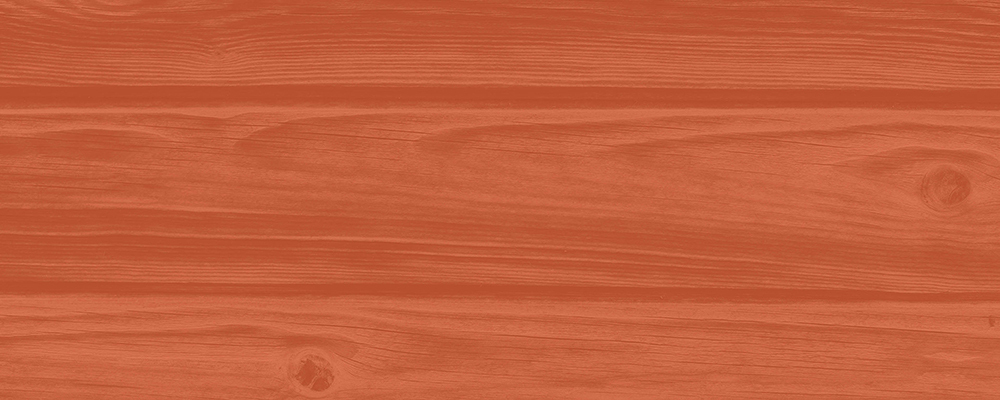I have a lovely ’70s-era blender at the cottage, the kind with a heavy glass pitcher and satisfyingly clicky buttons on the control panel, with awesome labels like “Chop,” “Liquefy,” “Whip,” and “Grate.”
As terrific as the blender looks, its performance degraded over the years as the blades became dull. There is a ton of online advice that suggests sharpening them by putting a mild abrasive in the blender. Rice, ice, eggshells, and rock salt are all routinely touted as working. This is nonsense—the reason blades get dull in the first place is from hitting the things they are blending.
I do a pretty decent job at sharpening blades. It’s a necessity in the workshop for keeping chisels performing well. Sharpening blender blades requires a lot less precision than sharpening a chisel, but the basic premise is the same. Be sure that the blade can be removed from the blender. On newer blenders, the blades often just lift out, but older blenders may need a bit of disassembly.
Drop your cell in the lake? Here’s how to save it
My sharpening tool of choice is a thin strip of 600-grit silicon carbide sandpaper (easy to find alongside automotive supplies or in well-stocked hardware stores) adhered to a Popsicle stick with double-sided tape. While this may look like an emery board for touching up your manicure, that’s not a good substitute—an emery board is too coarse and will damage the blade.
Inspect the blade to determine the angle of the bevel. Then carefully draw the tool across the blade, trying to match the bevel as closely as possible. Sharpen the bevel side of the blade, pushing the sandpaper stick in only one direction. Depending on the condition of the blade, you may only need a few strokes. Duller blades will take a bit more work to get a keen edge.
How to sharpen your router bits
I find it helpful to position the blade so that light reflects off the ground edge. As the blade gets sharper, you’ll see it shine as fresh steel is exposed. Repeat this process on the edge of each blade and then clean thoroughly before reassembly.
This technique works on coffee and spice grinder blades as well. But check first if replacement blades are available. A new blade for my old coffee grinder only cost
a few dollars.
This article was originally published in the Sept/Oct 2023 issue of Cottage Life.

Build it, fix it, get it done!
Get Dockside DIY, for tips on how to maintain your cottage…and then some
Sign up hereRelated Story Cottage Q&A: Should I add a dormer to my cottage?
Related Story It’s time to finally fix that wobbly chair leg
Related Story Cottage Coach shows you how to replace old dryer vents